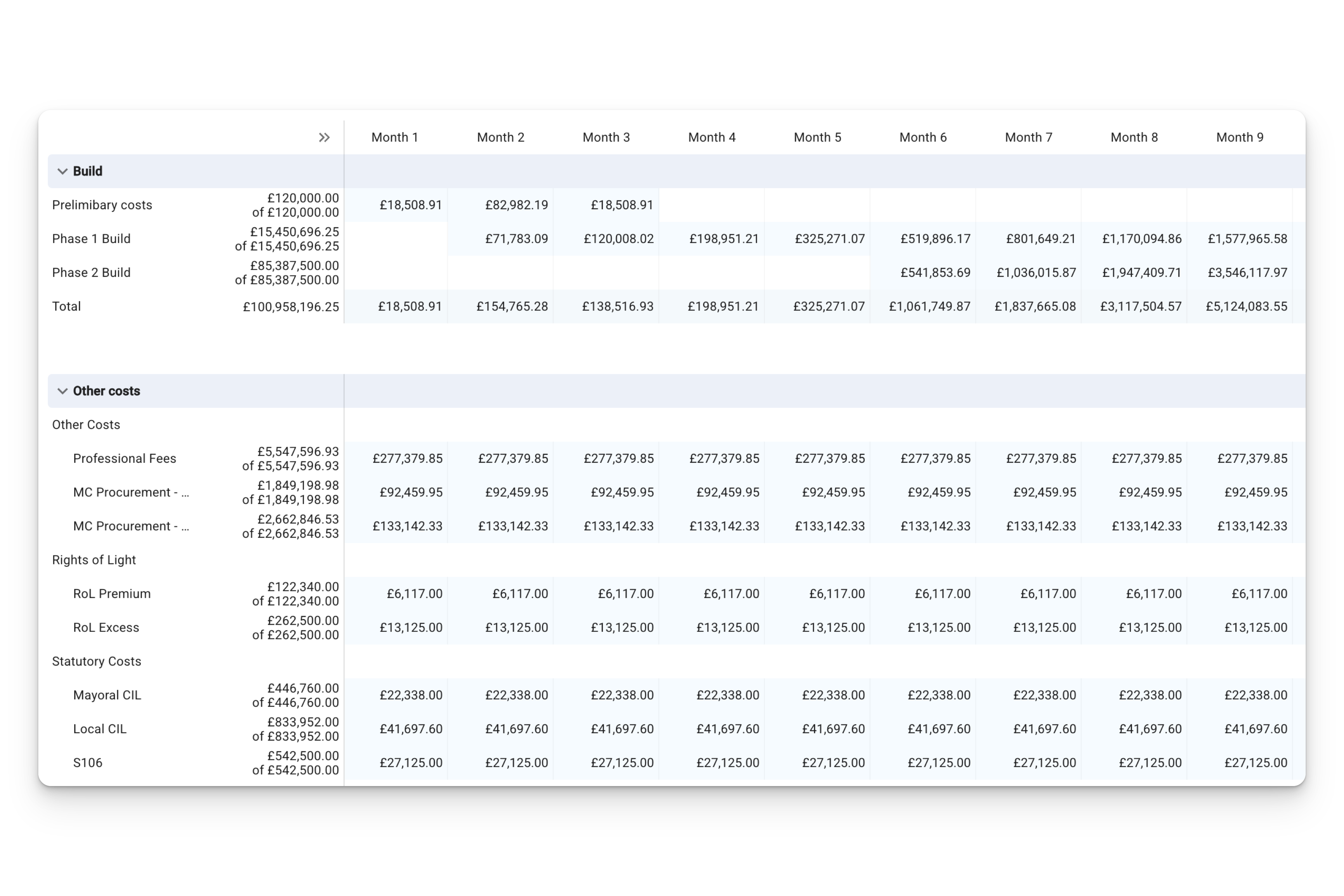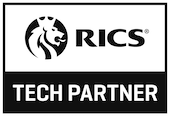A ‘Joint Venture’ (JV) is where two or more businesses pool their resources to achieve a particular goal. A common example is a developer working with a third-party investor to do a profitable property development project. This can be where a senior debt lender provides the developer with a loan facility, and then a JV partner puts in the rest of the cash to form the total capital stack. However, the term ‘Joint Venture’ is more often referred to as a 100% JV funding structure when a developer is seeking development finance options. It is a structure where the JV partner funds 100% of the total project costs, in exchange for a share of the profits from the development project. To keep things simple, this piece will focus on explaining the 100% JV funding structure.
Why do you need a joint venture?
There will be times when a developer does not have the deposit required for the next development project. This can be a common occurrence when you are working on several projects at the same time, or maybe you are waiting to sell a completed development. In these scenarios, a standard development finance loan (e.g. senior debt) is often what comes to mind. However, with a 100% JV funding, the borrower does not even need to put down any deposit which means you can get a project off the ground quickly, as you will not need to spend any time raising upfront capital for a deposit required by a loan lender.
How does joint venture compare to other development finance methods?
A joint venture is considered a less common form of development finance. Specialised development finance brokers are often brought in to match developers with suitable investors that are comfortable entering JV agreements. The arrangements and terms are usually tailored-made for a particular project on a case-by-case basis. Also, the investor would require a relatively higher gross development value (GDV), usually in excess of £1m.
Compared to development finance loans, 100% JV funding allows the borrower to start a project without the need for a deposit. Whether interest is payable will depend upon the agreement between the investor and the borrower. Some investors will accept the interest being rolled up into the loan and take a smaller percentage of the profits, whilst others will not charge interest but take a bigger share of the profits.
Like the case with most development finance loans, the funding is portioned out in staged drawdowns. As the investor is providing 100% of the capital stack and taking profit share from the project, the investor’s involvement in the project would usually be higher. Many of the investors who are willing to enter a JV agreement would already have experience in this type of finance, and development finance more generally. It often means that their engagement, advice and input can be beneficial to the developer.
Another advantage of 100% JV funding is that it serves as an all-in-one solution. Instead of forming multiple relationships with different lenders, paying separate sets of legal fees, and entering into inter-creditor agreements, all your time spent and costs can be amalgamated into one, keeping things simpler.
How does a joint venture work?
The investor funds all of the development costs, including land costs, professional fees and construction costs. Typically, the developer will only be responsible for funding all “up-front” costs (i.e. before the land acquisition) including the planning consent and professional reports, though these can usually be charged back to the scheme.
A Special Purpose Vehicle (SPV), usually in the form of an Ltd. company, will be set up to own the asset and hold the liability of the development project. A JV agreement will formalise the relationship between the developer and the investor, stating exactly who does what, on what terms, and at what cost and time. Such agreements will be drawn up and agreed upon between solicitors.
Both parties will work closely together throughout the development period with continuous site progress meetings, monitoring and valuations, before signing off on practical completion and splitting the profits.
Generally speaking, the profits usually end up split on a 50/50 basis. Some investors will charge interest on funds drawn down and split the profit in your favour slightly, e.g., a 60/40 split. Others may charge no interest and simply split 50/50. The actual terms depend on your initial agreement with the investor.
If interest is payable as stated in the agreement, it will most likely operate as a rolled-up interest. Rolled-up interest is calculated throughout the development project but only paid from the sale or refinance proceeds, meaning there is no need to service the debt.
How is a joint venture incorporated in a development appraisal?
The development appraisal in Aprao includes a ‘Finance’ tab, which allows you to incorporate various development financing into your financial model. After inputting your estimated revenues and costs of your project, your initial finance cost and total borrowing would be zero. In this example, we will demonstrate two ways to incorporate 100% Joint Venture funding into your appraisal.
When you do not need to pay interest
- If the third-party investor does not charge interest, you can simply click ‘add profit share lender’ and name it, for example, ‘JV Partner Profit Share’. You can then enter the amount of total facility. As we assume that the party investor would fund all of the project costs, let’s put 100% of the cost in this example.
- Then, go to “Share of profit” and let’s assume a 50/50 profit split. Under ‘Forecast’, an estimated amount of the profit shared to the JV partner is then automatically calculated.
- Now, you can add JV-related fees using the ‘Add Lender Fee” tab. For illustration purposes, let’s simply assume a 0.5% legal fee and a 0.5% monitoring surveyor fee.
- Finally, you can collapse the joint venture card and review the finance summary. On the right-hand side, you can check your updated project key metrics.
When interest is payable
- If the third-party investor charges interest, you can first click ‘add profit share lender’ and name it, for example, ‘JV Partner Profit Share’. This time, you can skip the ‘Total facility’ box and go straight to ‘Share of profit’. As interest is payable, let’s assume that 40% of the profit will be shared with the investor.
- The reason why you skip entering the amount of total facility is that you can do it in the next card when you incorporate interest into the JV structure. Now, you click ‘Add Interest Lender’ and name it, for example, ‘JV Partner Interest Rate’. In this card, you can then enter 100% of cost as the total facility.
- Then choose ‘rolled-up’ under payout as it will most likely operate with a structure of rolled-up interest. Afterwards, choose ‘interest on drawn balance’ as the funding will be released to you in staged drawdowns. You may alternate these selections according to your own JV terms and agreement.
- Next, select ‘estimated’ under calculation. Then, enter the interest rate of the loan and the number of months for your whole development period under ‘Term’. In this example, we assume a 2% interest rate and a 12-month term. Aprao will then automatically calculate the interest for you and update the performance metrics of your project.
- Finally, include other JV-related fees into the appraisal. Similarly, we assume a 0.5% legal fee and a 0.5% monitoring surveyor fee.
- You can now collapse both cards and review the finance summary. On the right-hand side, you can check your project key metrics and understand how the profit share and payable interest will change the performance of the project.
What do you need to do before engaging with a potential investor?
A robust and concise development appraisal allows lenders and investors to better assess your project, which increases the speed of the application and the chance of a successful application. Building trust and relationships with reputable lenders and investors is key to developing your property development business in the long run.
Particularly, JV finance lenders and investors will expect to see a solid business plan outlining profitability forecasts, with usually a profit margin of at least 25-30% as the minimum requirement. With Aprao, you can quickly create multiple development appraisals using the same initial template, but alternating the finance tab to demonstrate different scenarios of JV structures.
Performance metrics are then automatically calculated with corresponding sensitivity analysis automatically generated in each report exported, without the need of entering formulas and formatting cells by yourself.
‘A robust development appraisal is the foundation of getting development finance.’
Daniel Norman, CEO Aprao // 10 years of development finance experience
Click below to get started with Aprao for free, no payment required, and see how much time you can save when running appraisals with Aprao.
.png)






Leave a comment